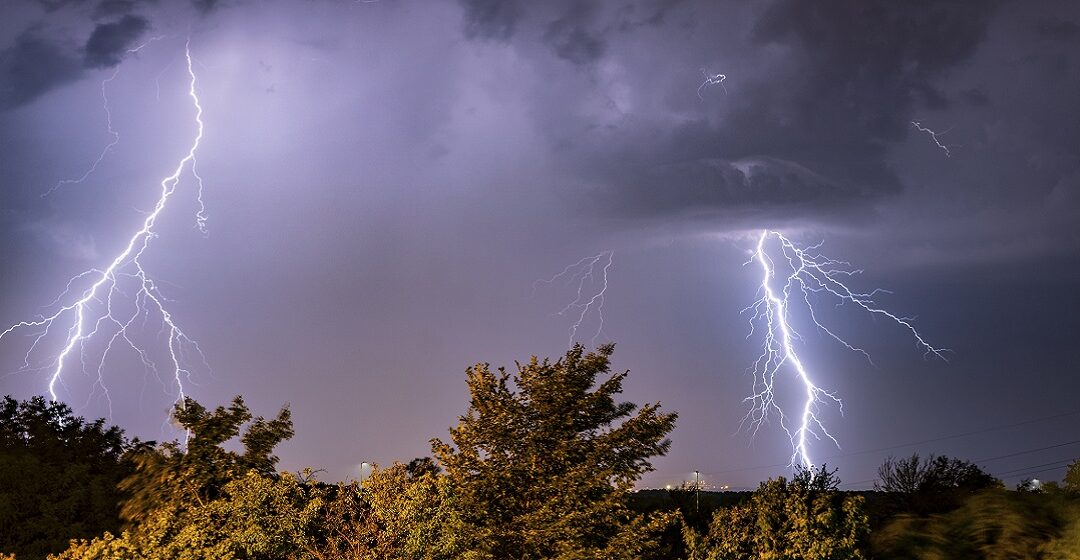
May 30, 2024 | Storms and Outages
Summer is on the horizon, which often means severe weather, including thunder and lightning. But even with the best preparation, storms or lightning strikes may cause outages. We’re prepared to respond to any storms that hit our area this summer and always. And if outages occur, we’ll work around the clock as safely and quickly as possible to get your lights back on.
Watch this video to learn more about how we prepare.
We want you and your family to be prepared for storms as well.
Here are a few tips to stay safe during summer storms.
When thunder roars, go indoors!
Did you know: According to the National Weather Service, lightning strikes the United States about 25 million times per year?
If the sky looks threatening or you hear thunder, even in the distance, immediately seek shelter. The safest place during a thunder and lightning storm is in an enclosed permanent building or metal-topped vehicle with all doors and windows closed. Outdoor tents or gazebos will not keep you safe from a lightning strike.
Before a storm:
- Prepare an emergency kit with food, water, medication, flashlights and pet supplies.
- Charge your phones and devices.
- Purchase power strips with lightning arrestors or surge protectors for your appliances and electronics.
- Adjust your alert preferences to stay informed in case of an outage at pplelectric.com/alerts.
During a storm:
- Stay away from utility poles and metal conductors.
- Electric and plumbing equipment may carry lightning current. Avoid using any appliances or electronics plugged into an electrical outlet.
- Don’t use water to wash dishes or take a shower.
- Stay away from windows and doors.
- Report an outage, or check the status of an outage, at pplelectric.com/outage.
- And finally, remember to stay indoors for at least 30 minutes after thunder stops.
Source: lightningsafetycouncil.org
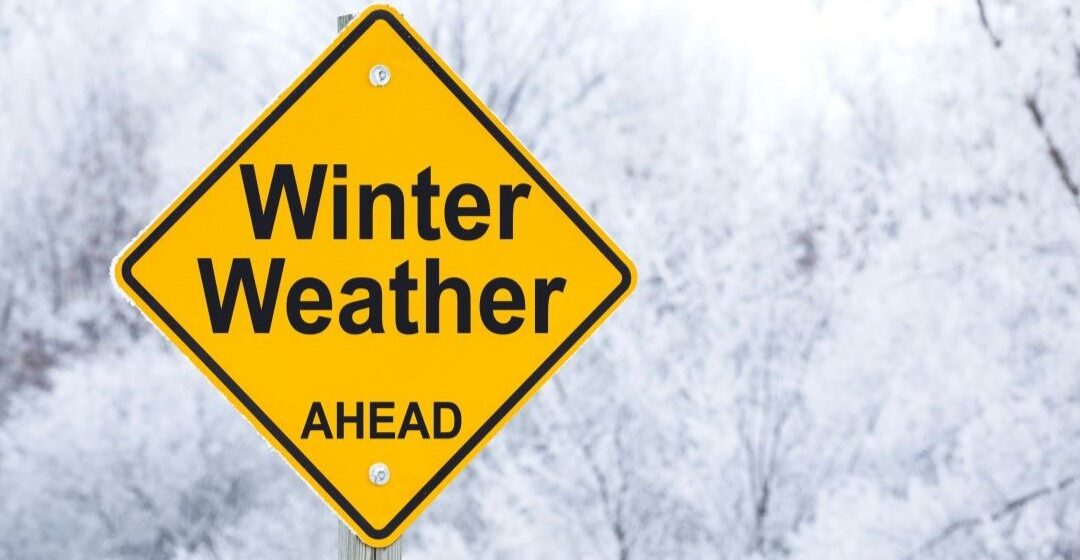
Feb 4, 2024 | Reliability
We’re committed to delivering reliable power no matter what the weather brings – a commitment that is rooted in year-round preparation.
Our grid is one of the most reliable in the country. Over the past decade, we have made significant investments to build a stronger, smarter and more resilient grid. From clearing vegetation around power lines and replacing aging equipment to installing state-of-the-art grid technology, our reliability investments mean customers are experiencing 30% fewer outages since 2011.
Stay safe and save with the following tips:
Storm Safety
However, even with the best preparation and information, storms and severe weather can cause damage and result in outages. Adjust alert preferences to receive a phone call, text or email at pplelectric.com/alerts to stay informed during a storm.
If you experience an outage, report it by calling 1-800-DIAL-PPL, by visiting pplelectric.com/outage or texting “Outage” to TXTPPL.
A few other important storm safety tips to remember:
- Charge your phones and other devices in advance of a storm so they are fully powered.
- Keep generators far from buildings and do not operate them in confined spaces, such as garages.
- Stay away from any downed wires and always assume they are live and carry electricity. Report downed wires by calling 1-800-DIAL-PPL.
Winter Energy Savings
Easy, inexpensive tips to help you save energy and money when the temperature declines:
- Leave your curtains and blinds open. During the day, capture the sun’s light and heat to gain warmth from the sun. At night, close your curtains and blinds to prevent that free heat from escaping.
- Prevent fireplace heat loss. Keep the damper closed when you’re not using your fireplace so warm air doesn’t escape through the chimney. Energy-efficient fireplace grates also help you save by pulling cool air out of your room and into the fireplace while bringing warm air back into the room.
- Reverse the direction of your ceiling fans. Yes, fans can also keep you warm. Flip the switch to change the direction of the blades so they spin clockwise and pull warm air downward.
- Winterize windows and doors. Inspect all your doors, windows and ductwork for gaps that could leak heat from your home. Many of these cracks and leaks can easily be fixed with caulk and weatherstripping.
- Adjust your thermostat. When you’re home and awake, set the heat as low as it feels comfortable. Aim for 68 degrees as an optimal temperature. Wearing warmer clothing or grabbing a blanket can help keep you cozy. While you’re sleeping or out of the house, lower the thermostat by 10 to 15 degrees. Lowering the thermostat for at least eight hours can save up to 10% on your heating bill. A programmable thermostat will make it even easier to save.
The winter can be unpredictable and unforgiving, but our team is always ready to respond. Our grid is strong, reliable and evolving, and our employees are committed to keeping you safe and warm this winter.
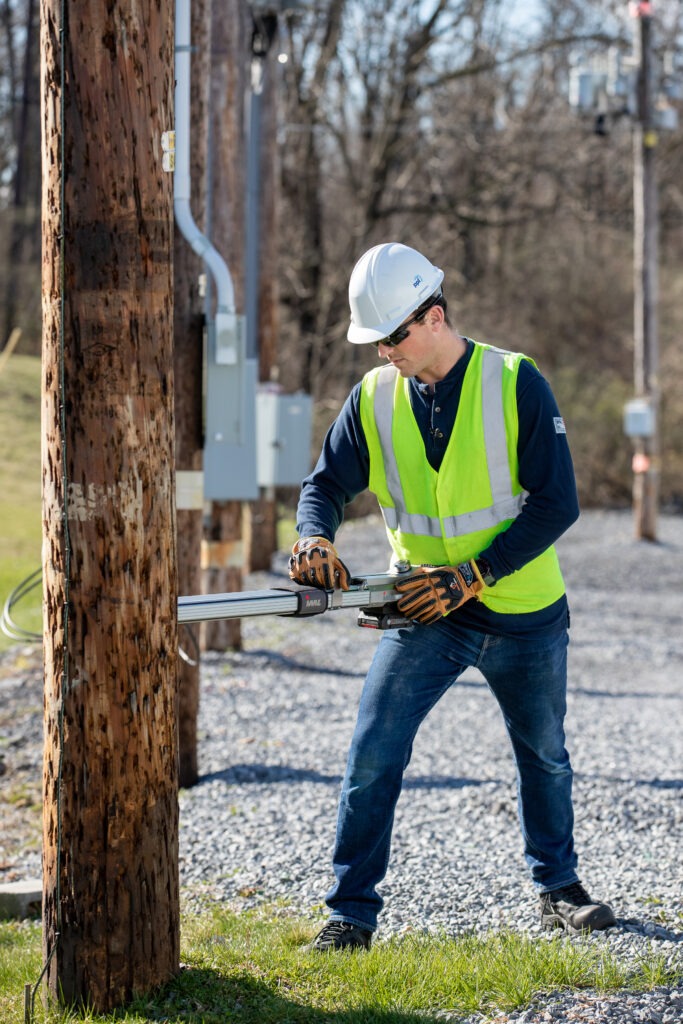
Reliability investments like developing these first-of-its-kind resistance drills help us reduce costs and keep the lights on for our 1.5 million customers. These drills help measure decay on both the inside and outside of utility poles to assess their health and identify when poles need to be replaced.

Sep 7, 2023 | Safety and Security
September is National Preparedness Month, and amid an active storm season, we encourage you to plan ahead so you’re ready if an emergency strikes.
“This year, we have already experienced 36 storms across the regions we serve,” said Sal Salet, vice president of Distribution Operations. “While we continually maintain and upgrade our grid to better withstand more severe storms, we recommend all of our customers plan ahead to be ready for any emergency.”
Here are a few steps to get you started:
- Make a plan: Develop an emergency plan including everyone in your household so you’ll know how and where to meet, how you’ll contact each other and what to do in different situations.
- Be prepared: Prepare an emergency kit, including non-perishable food, water, medication, first aid supplies and any pet supplies you may need. Also include batteries and battery-operated flashlights. Store your emergency kit in one location that’s easy for everyone to find and preferably in an air-tight container.
- Stay Informed: We use several ways to communicate before storms and during emergencies. One way to stay informed is through alerts. Sign into your online account and adjust your alert preferences at pplelectric.com/alerts. You can choose to receive a phone call, email, or text message for status updates about an outage. For more tips on reporting outages and staying safe during a storm, visit pplelectric.com/outage.
We also take storm-prep very seriously and constantly prepare for emergencies. Here are a few things we do to prevent outages:
- Ongoing investments: Throughout the year, we make key investments to strengthen our electric system to be more resilient against severe weather. This work includes investments in grid automation, comprehensive line clearing and enhancements to power lines, poles, and other equipment. Since 2015, our smart grid technology alone has avoided more than 1.7 million outages.
- Training and safety measures: Our teams are constantly training on storm-response techniques and practicing how we respond and dispatch crews. Leading up to severe weather, our team monitors the weather and its impact across surrounding regions so we already have crews ready to respond when the storm hits.
- Mutual response: We maintain mutual assistance relationships that provide access to critical resources and hundreds of crews in 29 states and four provinces in Canada when mobilizing for potential large-scale restoration efforts.
“Our customers are always top priority,” said Salet. “That remains true whether we are restoring power after a storm or planning investments to our grid.”
Don’t wait for a storm to hit. Use National Preparedness Month as a reminder to make a plan, create a kit and be prepared for any type of emergency. Stay safe!
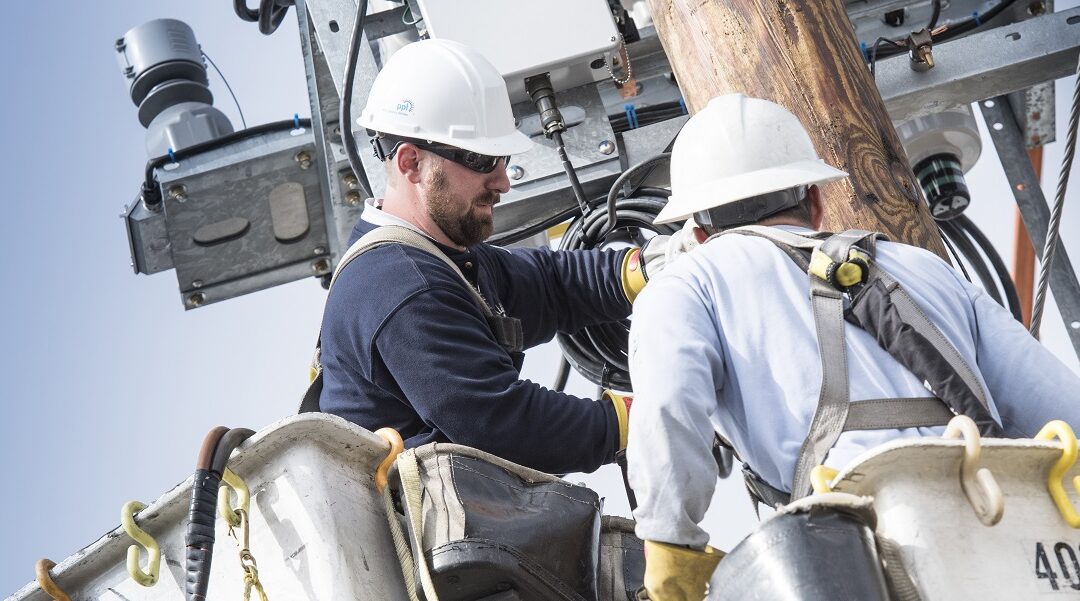
Sep 1, 2022 | Reliability
September is recognized annually as National Preparedness Month—an opportunity to raise awareness about the importance of preparing for disasters and emergencies.
What’s more, for the third year in a row, the National Oceanic Atmospheric Administration (NOAA) is predicting an above-average hurricane season in the Atlantic.
Pennsylvania doesn’t have a coastline, but we can still be impacted by hurricanes, tropical storms and other bouts of severe weather. We want you to know that when mother nature lashes out, we’re ready to respond to power outages as safely and quickly as possible, around the clock, to get the lights back on.
Not only are we prepared to respond to outages, we’ve taken steps to help avoid them altogether, despite the weather.
The investments we’ve made in our electric grid have made it more reliable than ever, even during extreme weather. Sensors on our smart grid identify outages quickly and can automatically reroute power to get as many customers back up and running as possible, often in seconds. In fact, since 2015, our advanced grid has helped prevent more than 1.4 million customer outages.
Like we always say: The best outage is an outage that never happens in the first place.
Smart grid devices are just one part of our investments to continuously improve the reliability of your electric service. Other work includes new power lines and substations; stronger, more storm-resistant poles; and trimming more trees. Find out more about the ways we’re strengthening the electric delivery system to meet your expectations for safe, reliable service at pplelectric.com/reliability.
Be prepared. Stay informed.
Have you managed your alerts recently? We’ve made it easier than ever for you to stay informed during severe weather with our automated alerts. You can receive information regarding outages, repair crew status and estimated restoration times, all via text message, phone or email. Pick your preferences at pplelectric.com/alerts. And remember that you can report or check on an outage at pplelectric.com/outage.
Plus, we use social media to provide storm updates and share tips on how to stay safe before, during and after storms. Follow us @PPLElectric for all the latest news and updates.
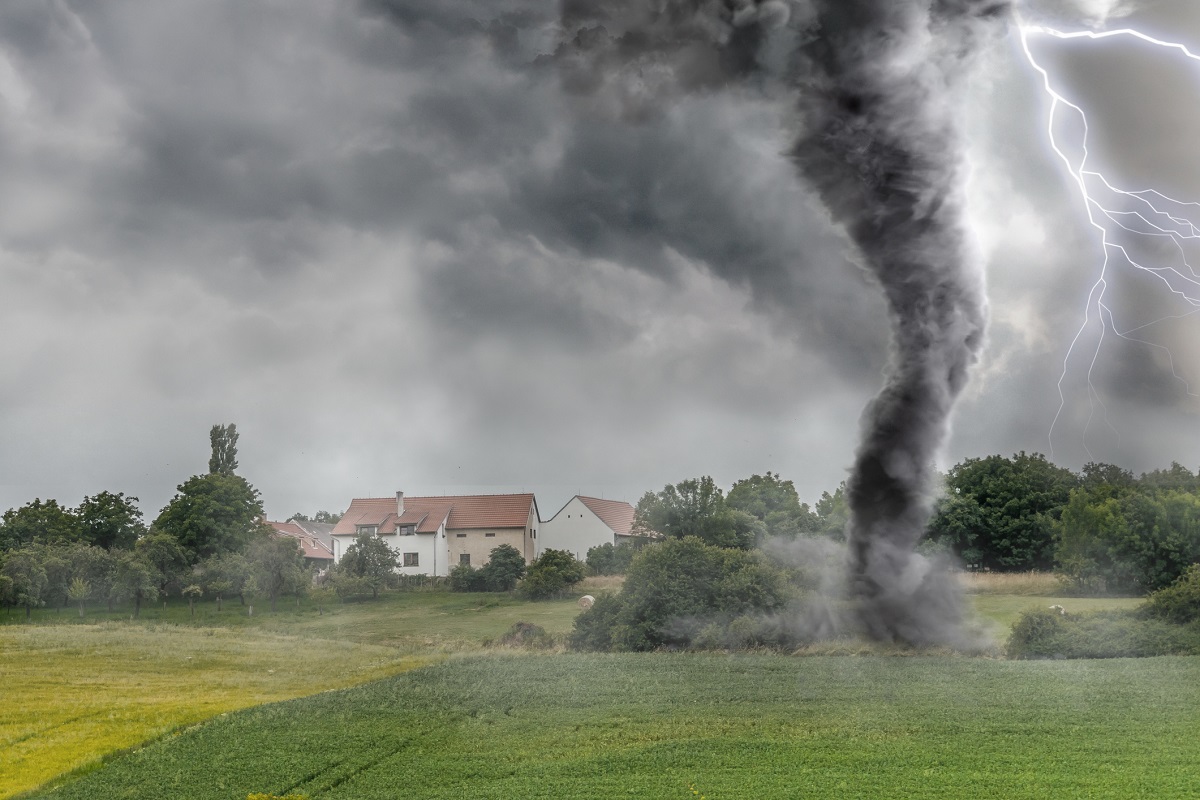
Jul 11, 2022 | Storms and Outages
No matter what kind of weather passes through our region, we’ll be prepared.
Here’s how you can stay safe and prepare for all types of storms:
- Regularly check local news, radio, or your mobile device for information about storm watches or warnings in your area.
- Keep supplies in an emergency preparedness kit. Include water bottles, non-perishable food, blankets, first-aid supplies, flashlights, and a battery-powered radio.
- Make sure your yard is free of heavy debris that could be tossed around in the wind. Trim trees to prevent limbs from falling on your house.
Tornadoes
Tornadoes are capable of destroying homes, uprooting trees, and hurling objects through the air.
- Choose a safe area in your home where you and your family can gather if a tornado warning is issued. This area should be in the basement or a room with no windows and on the lowest level of your home.
- Conduct routine tornado drills with the entire family so everyone knows where to go and what to do if a tornado is approaching.
- Watch for signs of a tornado: a dark-colored sky, low-lying clouds, large hail, or a loud roar.
Hurricanes
Hurricanes are violent storms that often cause property damage and life-threatening hazards, such as high winds and flooding.
- Create an evacuation plan and practice it ahead of time to avoid confusion during the event.
- Close windows, doors, and hurricane shutters.
Thunderstorms
Lightning kills more people every year than tornadoes and hurricanes. Rain and heavy winds can cause flooding, damage to homes, and widespread power outages.
- If a thunderstorm appears likely, postpone all outdoor activities.
- If a thunderstorm watch or warning is issued, take shelter in your home or other building.
- Shutter all windows and close exterior doors securely.
Floods
Flash flooding can be among the most damaging and costly of all natural disasters.
- If you live in a flood-prone area, keep sandbags, plywood, and plastic sheeting on hand.
- Seal the walls in your basement with waterproofing compounds to avoid seepage.
Power outages
Although we work hard to maintain reliable electric service, a storm may lead to a power outage. You can report or check the status of an outage at pplelectric.com/outage or by texting “OUTAGE” to TXTPPL (898775).
Source: Questline






